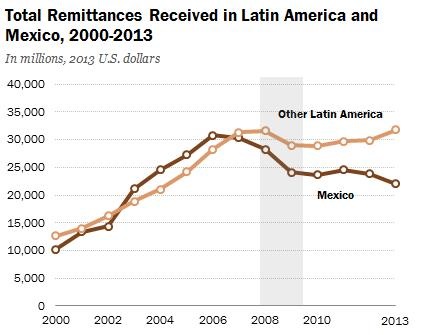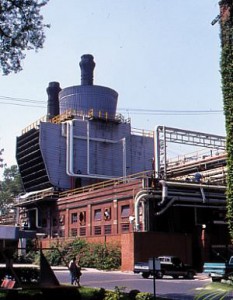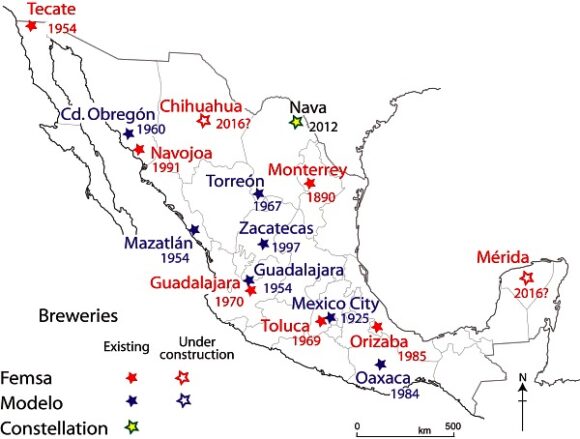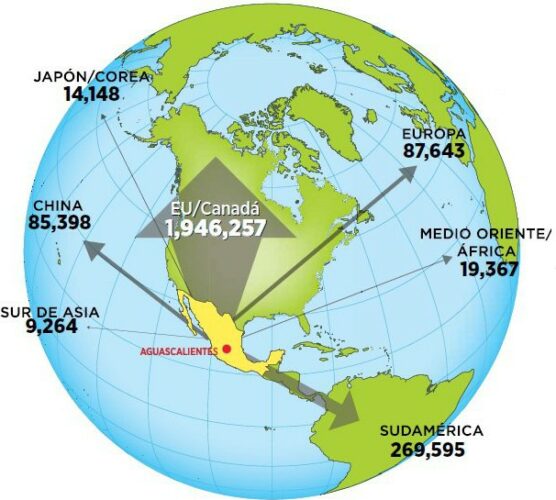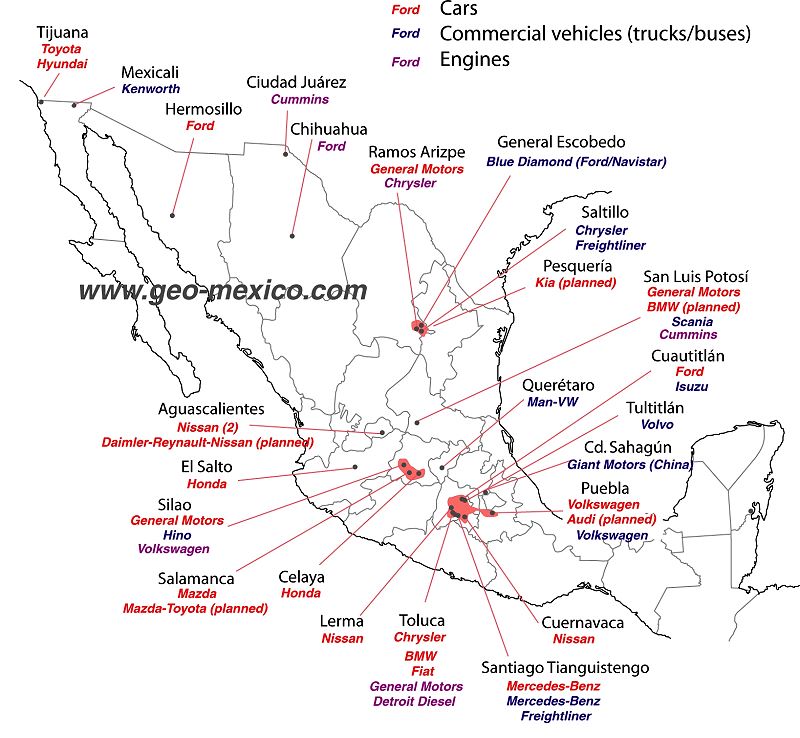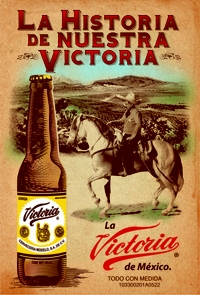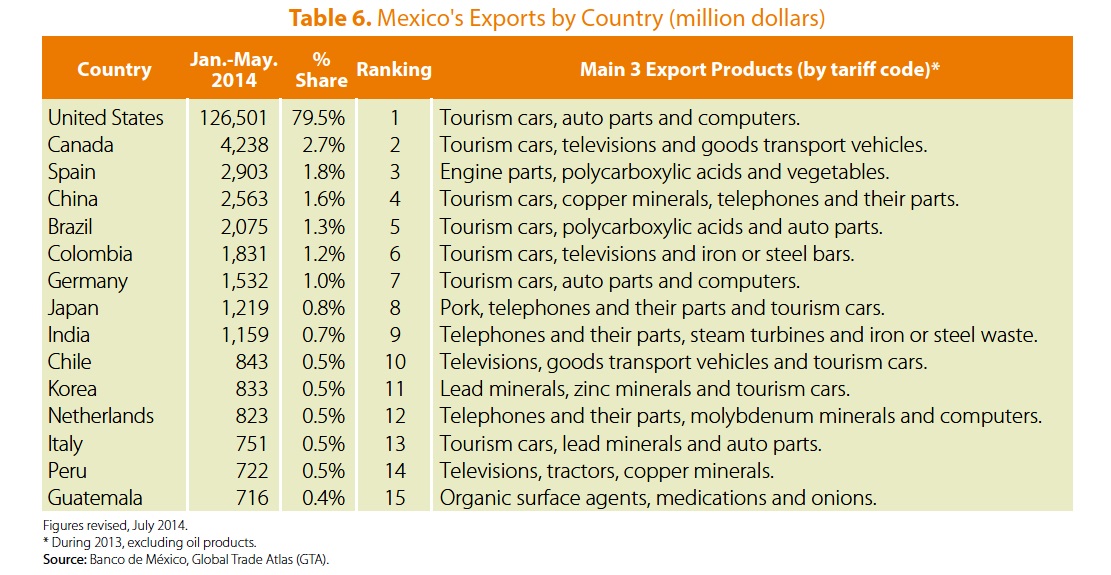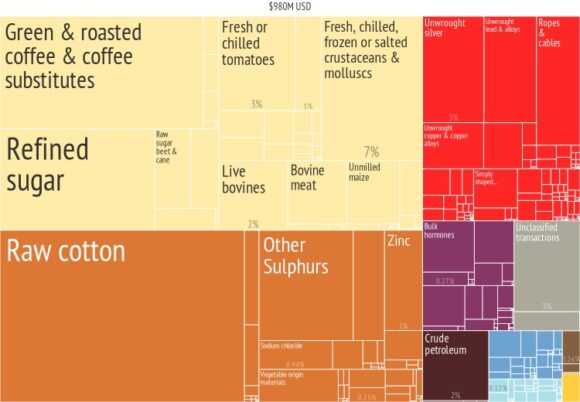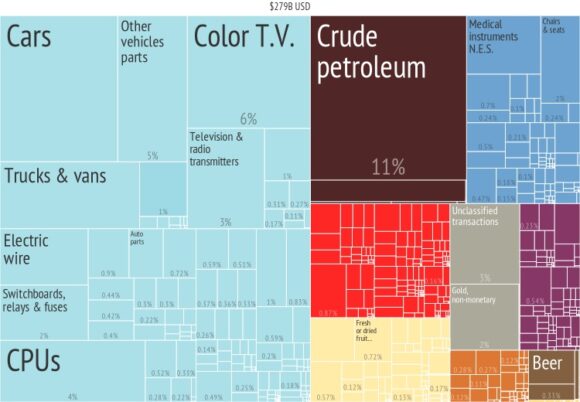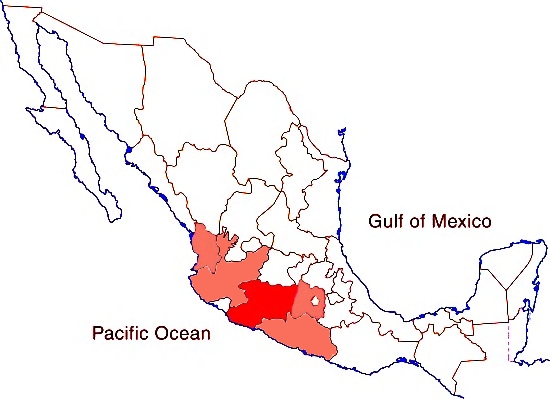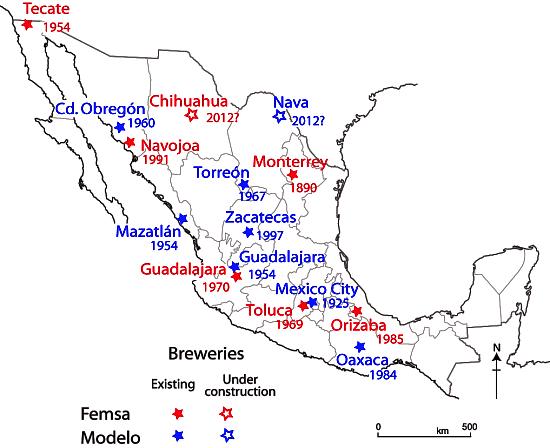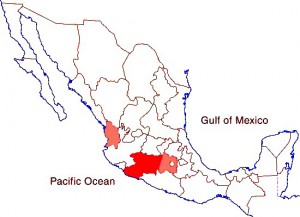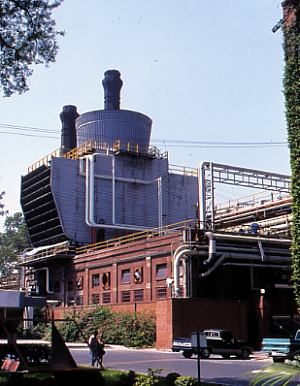Mexico is by far the world’s largest producer, consumer and exporter of avocados. Production topped 1.3 million metric tons last year, well ahead of the USA (240,000 tons) and Chile (205,000 tons). Mexico’s avocado exports have risen by a staggering 414% over the past eight years to more than 600,000 metric tons in 2015, worth close to US$2 billion.
 The state of Michoacán is by far the most important single state in Mexico for avocado farms and accounts for 8 out of very 10 avocados sold in the USA, according to the Association of Avocado Producers, Packers and Exporters of Michoacán (APEAM). APEAM says that more than 50% of all the avocados consumed in the world come from Michoacán. In the town of Tancítaro, one of the main centers for avocado-growing, APEAM estimates that nine out of every 10 pesos can be traced back to avocado production. Mexico’s avocado industry employs more than 300,000 people in total, 100,000 directly and over 200,000 indirectly.
The state of Michoacán is by far the most important single state in Mexico for avocado farms and accounts for 8 out of very 10 avocados sold in the USA, according to the Association of Avocado Producers, Packers and Exporters of Michoacán (APEAM). APEAM says that more than 50% of all the avocados consumed in the world come from Michoacán. In the town of Tancítaro, one of the main centers for avocado-growing, APEAM estimates that nine out of every 10 pesos can be traced back to avocado production. Mexico’s avocado industry employs more than 300,000 people in total, 100,000 directly and over 200,000 indirectly.
Many avocado farms are quite small. Mexico has more than 12,000 avocado producers with individual farms under five hectares in size. As noted in this previous post, the clearance of land for avocado cultivation can barely keep up with the ever-increasing demand.
Problems with drug cartel activity continue. As we noted a few years ago, narcos insist on their cut of the profitable avocado business and have made life difficult for growers, traders and truck drivers. The Wall Street Journal has reported that this makes Michoacán avocados the equivalent of African blood diamonds. Avocado producers reportedly have to pay cartels up to 1,000 pesos (US$60) a hectare to avoid problems.
Cartels aside, export success looks set to continue for a while longer, since China and South Korea have now opened their markets to receive Michoacán avocados.
Related posts
- Mexico’s 2013 avocado harvest and exports (Oct 2014)
- Record avocado production and exports, 2012-2013 (Nov 2013)
- Avocado exports have tripled but Mexico’s avocado farmers face a new problem (Jun 2012)
- Avocado farms in the Mexican state of Michaocán replace forest (Aug 2010)
- The geography of Mexican farming, agriculture and food production: index page

